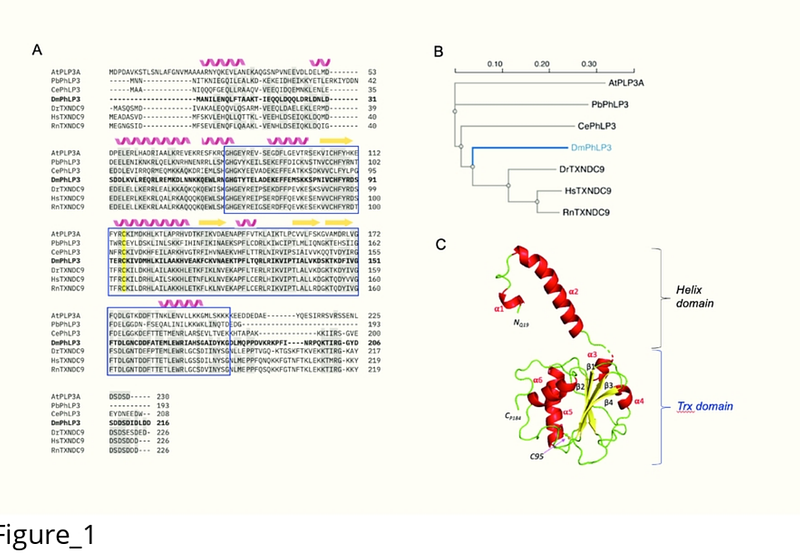The evolutionarily conserved PhLP3 is essential for sperm development in Drosophila melanogaster

The evolutionarily conserved PhLP3 is essential for sperm development in Drosophila melanogaster
Petit, C.; Marra, M.; Chaikin, C.; Webster, S.; Sweeney, B.; Kojak, E.; Jemc, J. C.; Kanzok, S. M.
AbstractPhosducin-like proteins (PhLP) are thioredoxin domain-containing proteins that are highly-conserved across unicellular and multicellular organisms. PhLP family proteins are hypothesized to function as co-chaperones in the folding of cytoskeletal proteins. Here, we present the initial molecular, biochemical, and functional characterization of CG4511 as Drosophila melanogasterPhLP3. We cloned the gene into a bacterial expression vector and produced enzymatically active recombinant PhLP3, which showed similar kinetics to previously characterized orthologues. A fly strain homozygous for a P-element insertion in the 5\' UTR of the PhLP3 gene exhibited significant downregulation of PhLP3 expression. We found these male flies to be sterile. Microscopic analysis revealed altered testes morphology and impairment of spermiogenesis, leading to a lack of mature sperm. Among the most significant observations was the lack of actin cones during sperm maturation. Excision of the P-element insertion in PhLP3 restored male fertility, spermiogenesis, and seminal vesicle size. Given the high level of conservation of PhLP3, our data suggests PhLP3 may be an important regulator of sperm development across species.


